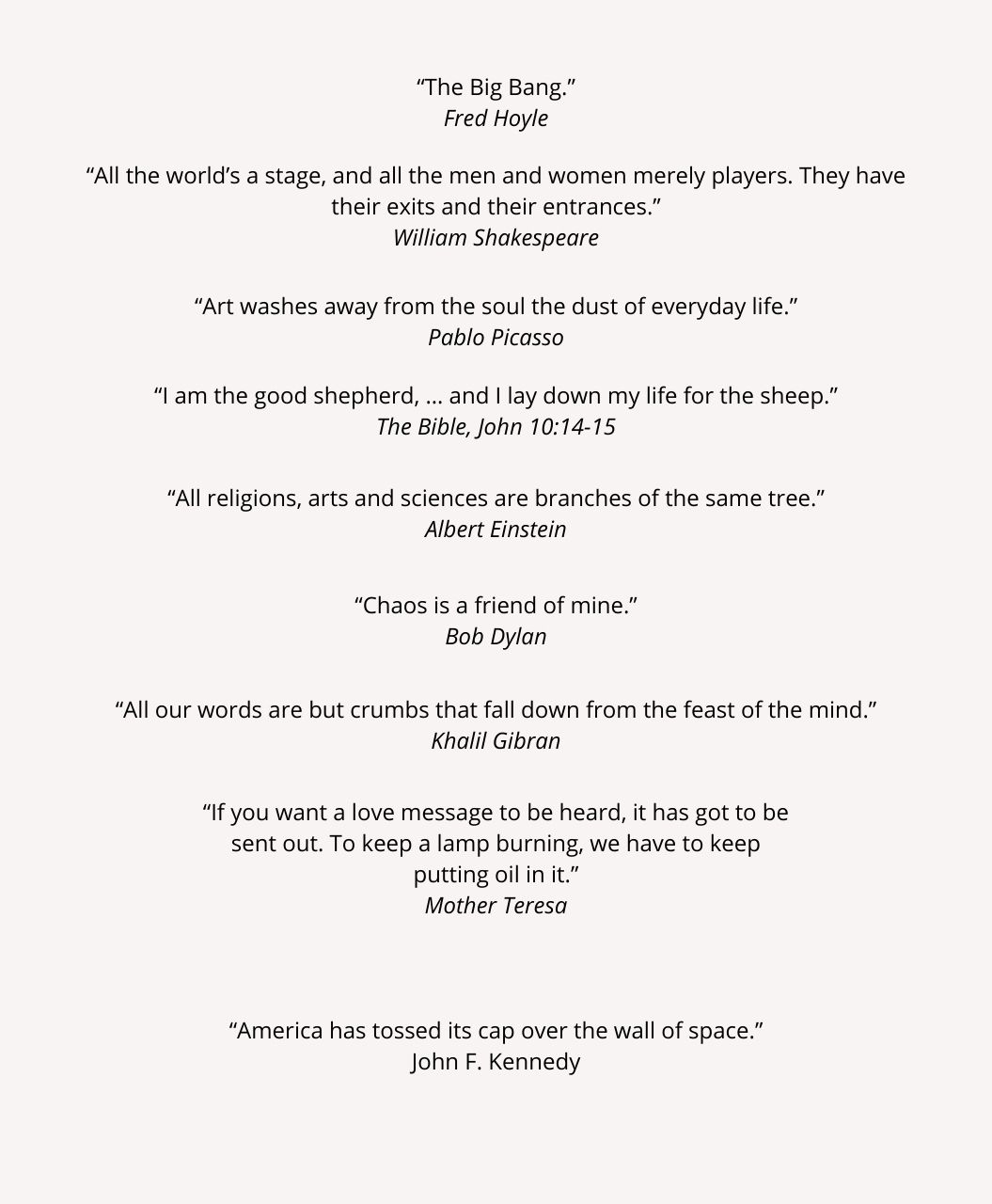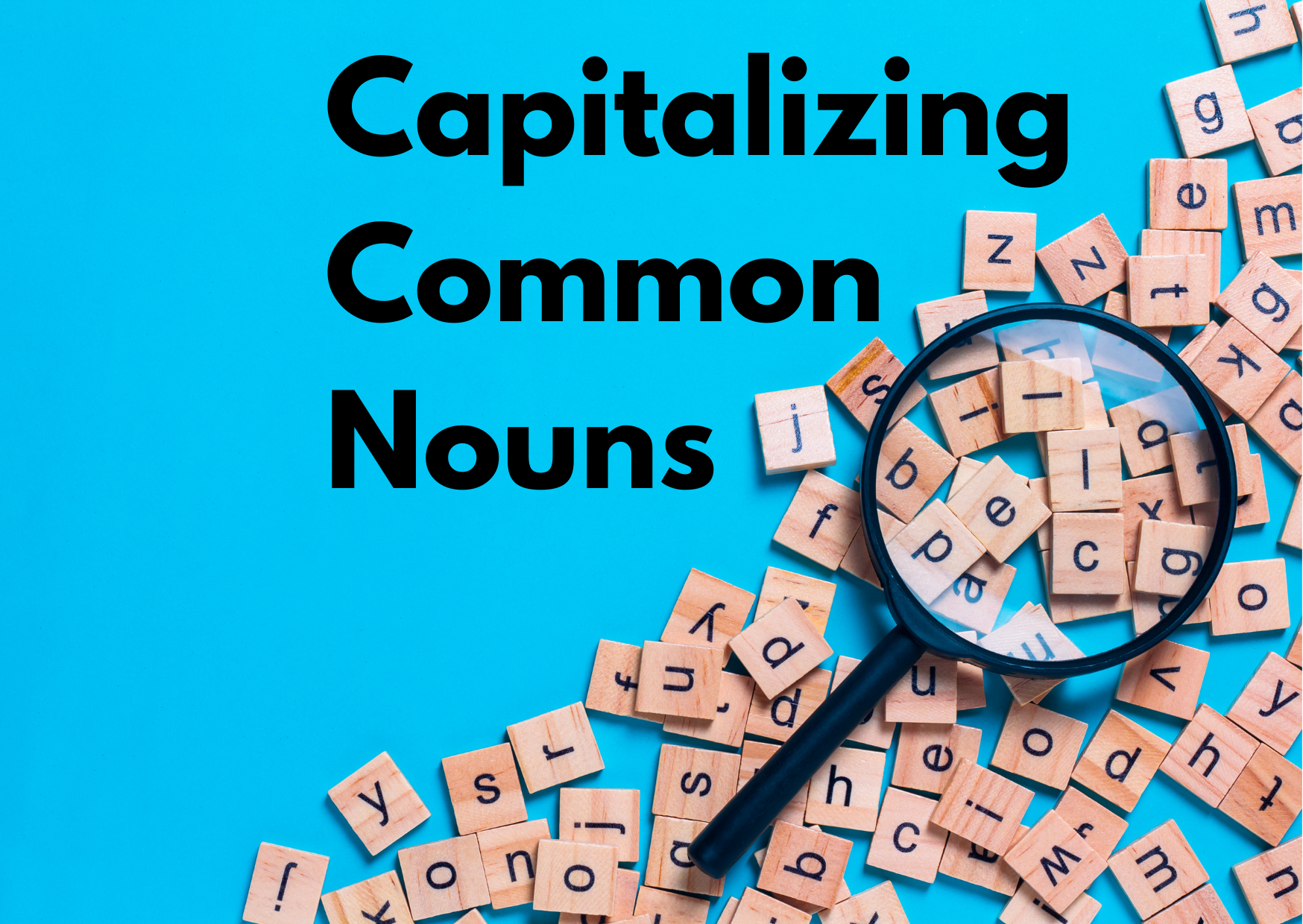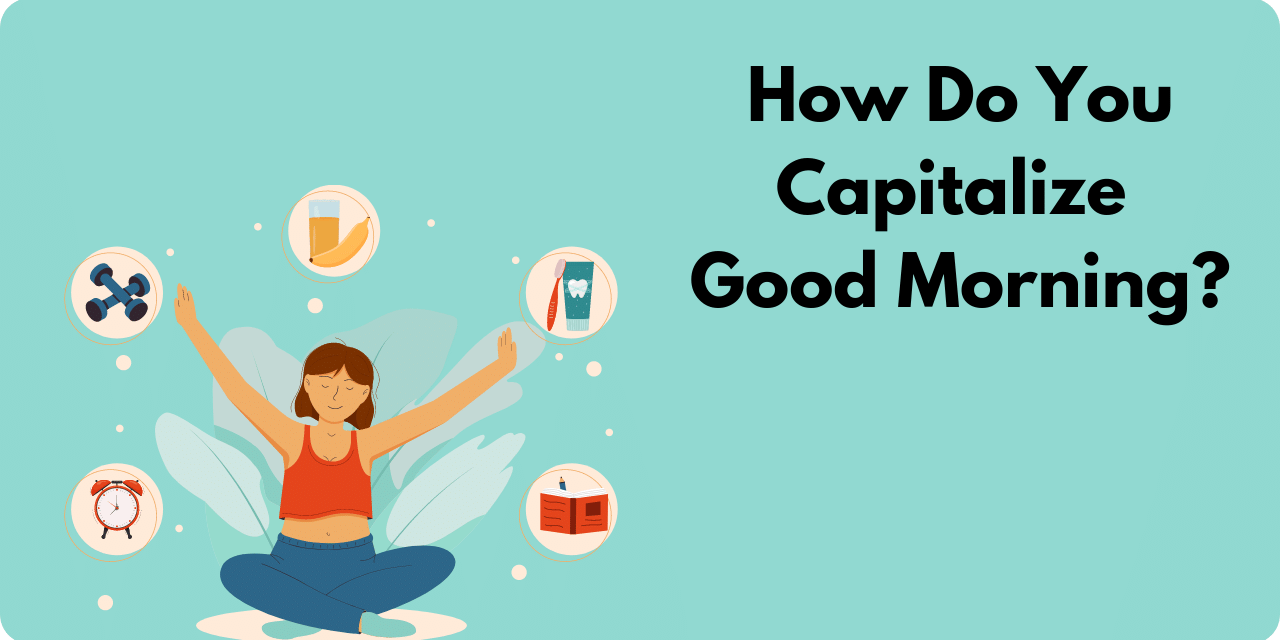A metaphor is a figure of speech. They help to explain an idea or make a comparison. They describe an object or action in a manner that isn’t literally true, but gives the reader a clearer view of the author’s perspective.
Here are some things to know about metaphors:
- Metaphors state that something is another thing.
- They equate the two things for symbolism or comparison, not because they’re actually the same.
- They sound very strange when taken literally.
- They are a fantastic way to add color to language, and you’ll see them in poetry, literature, and other forms of writing.
Maybe you’re looked at as the black sheep of the family. Perhaps you’ve gotten cold feet before. If so, then you already know how to think metaphorically. The ideas of black sheep and cold feet are considered metaphors because the phrases are applied figuratively. Unless your feet are literally soaking in an ice bath or you’re actually a sheep and not a human, these phrases are metaphors. They use colorful language to represent abstract concepts.
Metaphor Definition and Examples
Those are the functions of metaphor, and here is the definition of the word:
- A word or phrase for one thing that’s used to refer to another thing to suggest or show that they’re similar
- An idea, activity, or object that functions as a symbol for something else
A metaphor is one type of figurative language. Figurative language, in general, refers to words or expressions that have a different meaning than their literal definition. Often, when metaphors are interpreted literally, they sound pretty silly. Consider what these classic metaphors would look like if they were taken at face value:
- James is a couch potato.
- I am titanium.
- Love is a battlefield.
- Baby, you’re a firework.
After you get past the image of a potato named James sitting on a couch or a human-robot hybrid built from titanium, the result of these metaphors is a highly powerful description of people or events. These metaphors are much stronger than simple phrases like “James is lazy” or “I’m strong.”
You’ll see metaphors in music, poetry, literature, and other written forms of art, but they’re also common in speech. When someone uses the phrase “metaphorically speaking,” it indicates that you shouldn’t take what they say literally, but instead try to understand the overall idea they’re imparting with their figurative language.
Consider finals week at school. You’ve probably heard students saying things like, “That exam was a killer.” It’s highly unlikely that the exam was a literal murderer, especially considering the students lived to tell the tale, so this is an example of speaking in a metaphorical sense.
Metaphors are a wonderful way to make your words come to life. They can make subjects more relatable to readers, and they can also break down complex ideas so that they’re simpler to grasp. Metaphors are especially helpful when you want to amp up the imagery in a piece of writing. If you look for them, you’ll find metaphors in songs, speeches, novels, and films. They’re pretty hard to miss once you know what you’re looking for! Here are a few famous examples of metaphors.
- William Shakespeare once said, “All the world’s a stage, and all the men and women merely players.”
- At the dedication of the Aerospace Medical Health Center, John F. Kennedy famously said, “America has tossed its cap over the wall of space.”
- We can’t forget Elvis Presley, with his timeless lyrics: “You ain’t nothin’ but a hound dog, cryin’ all the time.”
- Then there’s Benjamin Franklin, with his notable metaphor, “A good conscience is a continual Christmas.”
- You’ve probably heard Bob Dylan’s famous line, “Chaos is a friend of mine,” as well.
Metaphor vs. Simile
Metaphors and similes are quite similar, but they’re not the same. While a metaphor makes a direct comparison by stating that one thing is another thing, similes state that one thing is like another.
When trying to differentiate between metaphors and similes, it’s usually simple to identify similes thanks to their more obvious comparisons using the words like or as.
Think about the Elvis Presley lyric we mentioned earlier in the article. The metaphor, when taken literally, makes it sound like Elvis is singing to a noisy dog. But what if the lyric went, “You’re as whiny as a hound dog,” or “You’re like a hound dog”? By using a simile, it might become more clear that Elvis is making a comparison and not actually singing to a sad puppy. However, these amended lyrics just don’t have the same ring to them.
Here are a few examples of similes:
- That little girl is as cute as a button.
- He’s as nutty as a fruitcake.
- It’s like shooting fish in a barrel.
Different Types
Let’s go back to the simple definition of a metaphor as a figure of speech. Do you remember the catchy song, “You are my sunshine”? Although the song doesn’t mean you’re a literal ray of light, it does mean that you have an uplifting effect on the speaker, similar to sunshine.
The definition of metaphor is actually much broader, and in many cases, the word metaphor is used in a looser sense to stand for any kind of symbolism. In literature, there are multiple types of metaphors, including implied, sustained, and dead.
Implied Metaphor
Rather than sticking with the “Thing A is Thing B” formula, an implied metaphor gives you a chance to make a more subtle and sophisticated type of comparison through implication. Take these two sentences, for example:
- Charles took his courtship cues from the peacock.
- When Charles is in a room full of ladies, he simply fans his feathers.
Both sentences compare Charles to a peacock. The first sentence features an overt comparison that directly mentions the peacock. But in the second sentence, it’s implied that Charles is a peacock; his behavior of fanning his feathers is compared to something peacocks are known for. Of course, this isn’t meant to suggest that Charles actually has feathers! It just means he behaves in a flirty, showy manner in an attempt to catch the ladies’ attention.
Sustained Metaphor
A sustained metaphor is carried and developed through multiple sentences and even paragraphs in some cases. Because it’s used over a longer section of the text, it can be a very powerful literary device. Sustained metaphors create strong and vivid imagery for the reader, and you can often find them in poetry and songs. Shakespeare is a master of the sustained metaphor, and in the following quote, Romeo compares Juliet to the sun throughout several lines.
“But soft! What light through yonder window breaks?
It is the East, and Juliet is the sun.
Arise, fair sun, and kill the envious moon,
Who is already sick and pale with grief…”
Compared to the simplicity of “you are my sunshine,” it’s easy to see how sustained metaphors can be even more impactful!
Dead Metaphor
A dead metaphor is essentially a cliche. It’s become so commonplace that the imagery is no longer effective. Think of common phrases like “heart of gold,” “throw the baby out with the bathwater,” and “raining cats and dogs.”
A good, living metaphor gives you the chance to think about what the metaphor means in a literal sense. But with a dead metaphor, the original image doesn’t even occur in your mind’s eye because it’s been so overused. Unfortunately, the choice to use lots of dead metaphors can cause readers to lose interest. It’s best to reach further to come up with an original image. You could also consider methods of using familiar metaphors in unconventional ways.
Watch Out for Mixed Metaphors
If you needed another reason to avoid dead metaphors, note that they’re also quite easy to mix up. A mixed metaphor is just as it sounds: a combination of two metaphors that are unrelated.
- It’s time to get all your ducks on the same page. (This is a combination of “get your ducks in a row” and “get on the same page.”)
Mixed metaphors can be funny, and the famed Yogi Berra was well-known for his “Yogi-isms,” which were mixed metaphors that managed to get his point across anyway, as in, “Even Napoleon had his Watergate.”
However, if you’re not going for a comedic effect, mixed metaphors can sound awkward. At worst, they can even undermine the point you’re attempting to make.
How to Come Up Your Own
All you’ll need is your imagination and a little bit of added flair! Just remember that metaphors typically represent something that’s challenging to take literally. Consider the phrase “rule with an iron fist,” for example. Outside of fantasy worlds where a person might have an actual hand made of iron, it’s unlikely you’d ever come across a person with an iron fist. Still, we’re able to interpret that metaphor as a representation of someone who is heavy-handed when it comes to governance.
When brainstorming your own metaphors, try to stick to concepts that are familiar to most people but that aren’t typically associated with a person. Here’s an example:
- The house has been a complete circus since Mom left for her trip.
You probably wouldn’t think of your house as a circus normally, but this imagery implies that things have been chaotic and wild ever since Mom has left the house.
Next time you feel like a piece of your writing is a bit lacking and could use some extra energy, try adding a well-crafted metaphor or two! They’re sure to serve as lightning bolts for the piece you’re working on.
For further inspiration, here are some of the most famous metaphors from across the ages:

Want to sharpen your business writing skills? Discover our acclaimed online courses at syntaxtraining.com






